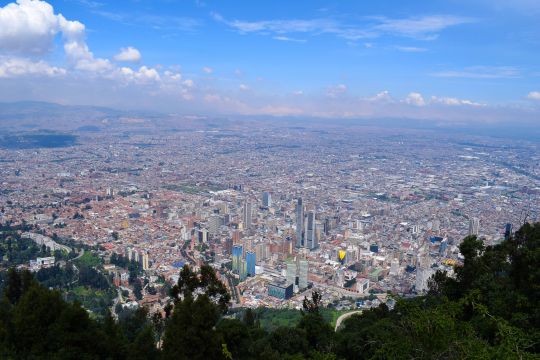Abstract
Addressing inequality is recognized as a worldwide development objective. The literature has primarily focused on examining economic or social inequality, but rarely on environmental inequality. Centering the discussion on economic or social factors does not provide a holistic view of inequality because it is multidimensional and several facets may overlap imposing a disproportionate burden on vulnerable communities. This study investigates the magnitude of air quality inequality in conjunction with economic and social inequalities in Bogotá (Colombia). It explores where inequalities overlap and assesses alleviation measures by tackling air pollution. We develop a composite index to estimate performance in socioeconomic and air quality characteristics across the city and evaluate inequality with a variety of measures. Using an atmospheric chemical transport model, we simulate the impact of three air pollution abatement policies: paving roads, industry fuel substitution, and diesel-vehicle renewal on fine particle concentrations, and compute their effect on inequality. Results show that the allocation of air quality across Bogotá is highly unequal, exceeding economic or social inequality. Evidence also indicates that economic, social, and air quality disparities intersect, displaying the southwest as the most vulnerable zone. Paving roads is found to be the most progressive and cost-effective policy, reducing overall inequality between 11 and 46 percent with net benefits exceeding US$1.4 billion.


